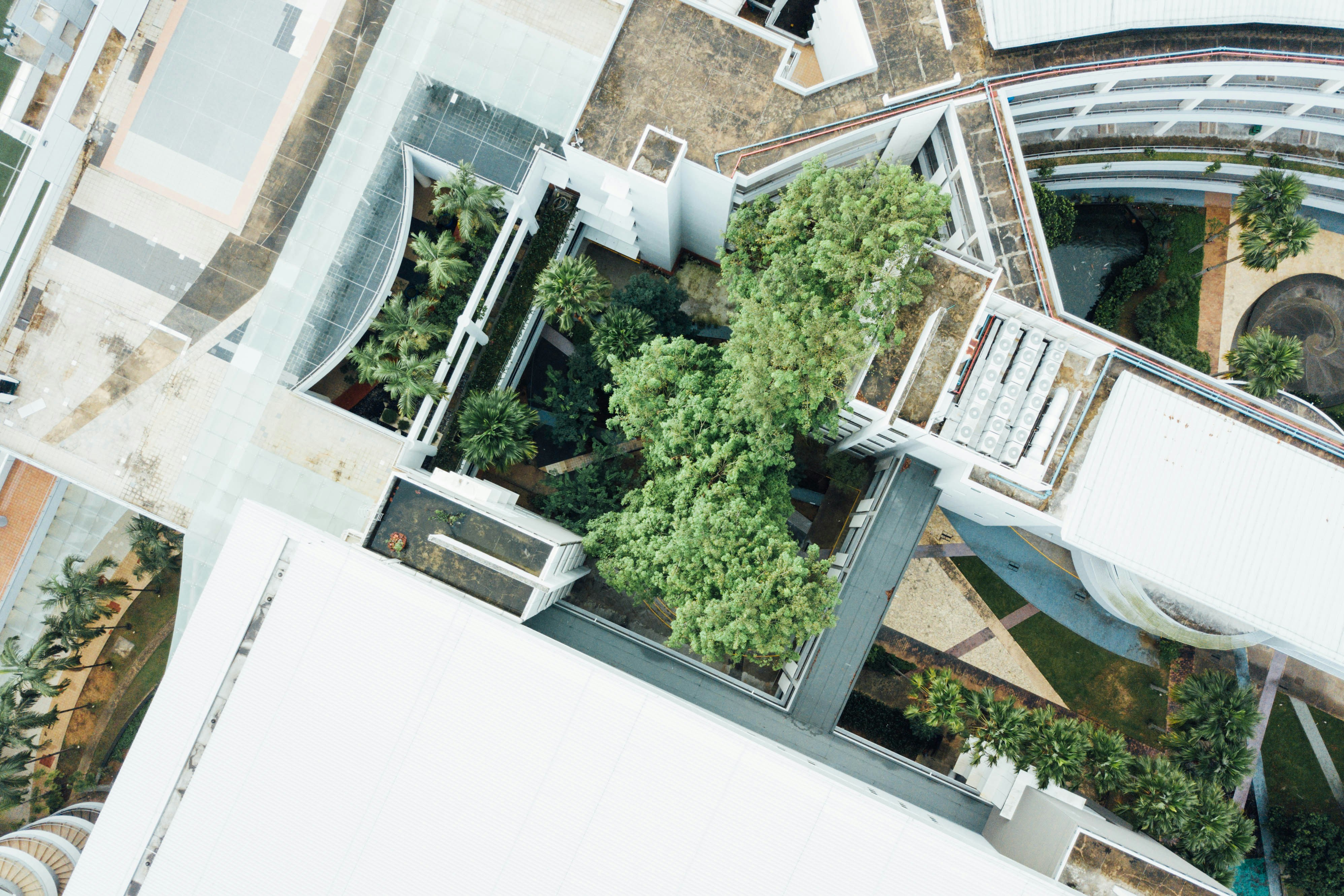If you’ve been looking for a new place to live in the last few years, chances are good that you were learning about the walkability of the neighbourhoods you searched.
What Is Walkability?
Walkability has become a way to grade a neighbourhood or a city. It measures whether you can walk to the store, to the park and to work. If an area is walkable, it means it has footpaths and sidewalks and gives pedestrians the right of way.
Advocates for walkable cities point to studies that show it has many positive impacts from improving overall happiness, helping the environment and even living longer. A recent study from Washington State University found a high correlation between neighbourhood walkability and living longer. The researchers said walkability might promote more active lifestyles and better overall health.

One of the most popular measurements is Walkscore, which is seen on more than 30,000 real estate websites and shows more than 20 million ‘Walk Scores’ every day.
“We promote walkability scores on all of our websites,” said Nigel Furgus, president of Paragon Design Build, one of Winnipeg’s largest developers of infill apartment buildings, duplexes and single family houses. “People want to know what is nearby. What can they reach by foot or by bike? The more walkable the area, the more people tend to value it.”
Where Do You Find Walkable Neighbourhoods?
You can find walkable neighbourhoods anywhere. Newer developments are now being designed to be much more walkable with town centres, schools and parks within an easy distance. But older neighbourhoods tend to do better on walkability scales.
“Established neighbourhoods are often more densely populated with a greater mix of housing. You’ll have single family homes, apartment buildings and shops all fairly close together. Schools and parks are also usually within an easy walk in older areas,” said Furgus.
He points to areas like Corydon Avenue, Academy Road and Osborne Village as some of the city's most walkable areas. St. Boniface, Fort Garry and Wolseley are also more walkable areas. Paragon has been building high quality infill developments in those areas and others for years.

Those neighbourhoods appeal to a wide range of people – from young professionals to retirees – who are seeking to live in safe areas with plenty of amenities nearby.
The City of Winnipeg promotes walkability in both new and established areas. The city’s long-range urban planning guidelines point to walkability as a way to improve quality of life. It’s important to note that those guidelines were developed after hearing from thousands of Winnipeggers. When people are asked what’s important to them, walkability almost always comes through.
COVID’s New Walkable Routes In Winnipeg
The recent COVID-19 crisis has brought walkability into the news in unexpected ways too. With millions of people stuck inside, cities quickly saw there was major demand to give people safe places to walk and bicycle near their homes. In Winnipeg, that led the city to turn some roads into more pedestrian friendly routes where car travel was restricted.




.webp)

